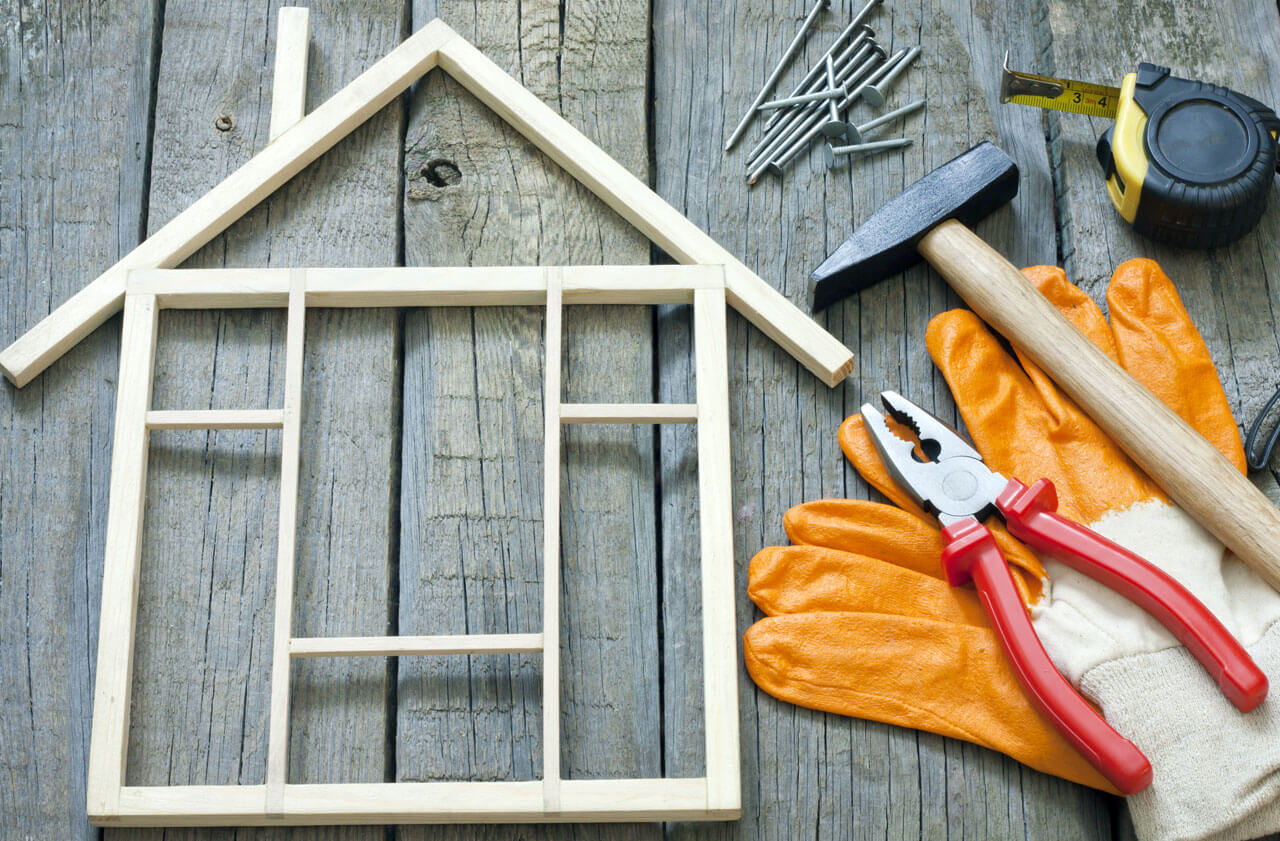
Nuvo Nirmaan »Nuvoco Blog » FAQs on plinth level construction
FAQs on plinth level construction
Plinth level construction is the level of the floor of a building at which the base of the building structure is set. It is usually the level at which the building structure is typically at or near ground level. Here are some FAQs on plinth level construction and their answers that you will find useful:
Question 1: Why is plinth level important?
The plinth level serves as a barrier between the ground and the superstructure of a building, helping to protect the building from dampness and moisture damage. The height of the plinth is typically established by local building codes or regulations and is designed to keep the building’s foundation above the level of the surrounding ground to prevent water from seeping into the building. A damp-proof course is often applied to the top of the plinth to provide additional protection against moisture.
Question 2: When is the best time to start plinth level?
Plinth level structure can be started at any time of the year as long as the below measures are followed:
- The maximum size of boulders is 300mm.
- A damp-proof course is provided.
Note: Plinth Plinth level structure can be started at any time of the year but the best time is when the ground is dry and the weather is conducive to construction.
Question 3: Why is cement used in plinth level construction?
Cement is used in plinth-level construction because it is a strong and durable material that can withstand the weight of the building and the forces exerted on it. It is also resistant to water, which makes it suitable for use in the construction of foundations that are in contact with the ground. Additionally, cement has a high compressive strength, which means that it can withstand the pressure of the load that is placed on it. It is also able to withstand temperature changes and does not shrink or expand significantly when subjected to temperature fluctuations, making it an ideal material for use in the construction of foundations.
Question 4: How is cement mixed for use in plinth level construction?
There are several ways to mix cement for use in plinth level construction. One common method is to mix cement, sand, and water in a ratio of 1:2:3, respectively, to create a concrete mix that is suitable for use in the construction of foundations. When cement for house construction is used, it’s important that the instructions on the packaging are properly followed.
Question 5: What are some considerations when selecting cement for plinth-level construction?
Some factors to consider when selecting cement for plinth-level construction include the type of cement (e.g., Portland cement, blended cement), the strength and durability requirements of the project, and any local building codes or regulations that must be followed. It is also important to consider the cost of cement and its availability in your area.
Need more information on plinth level construction?
If you want to know more about plinth level construction and other stages of building construction, click here. You will also find useful insights on product application, You can also buy building materials, including cement for house construction.






